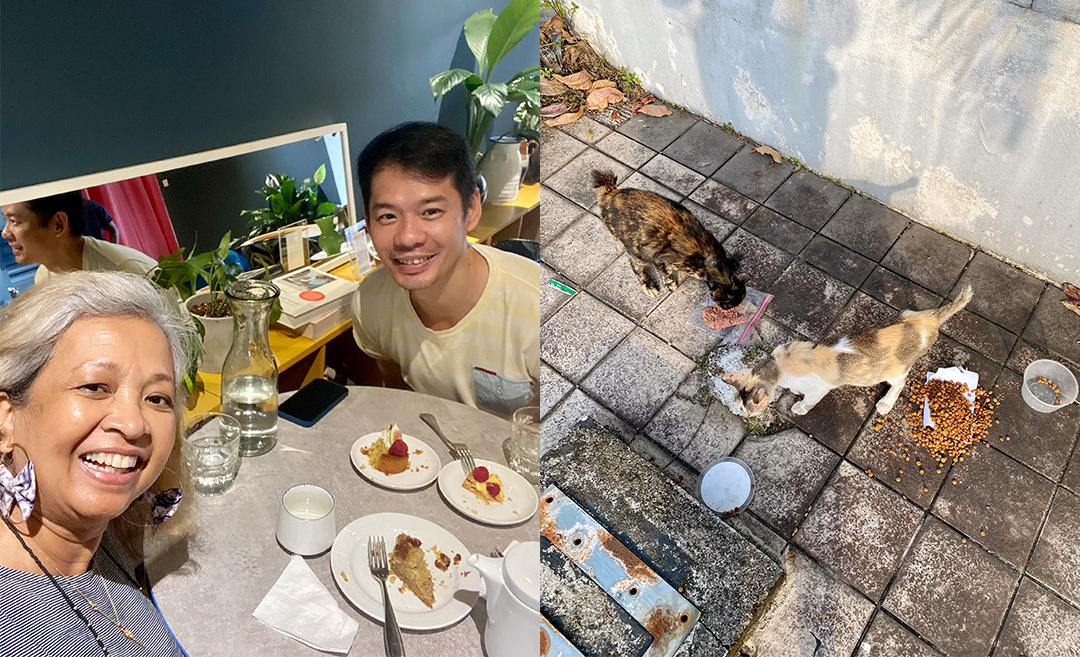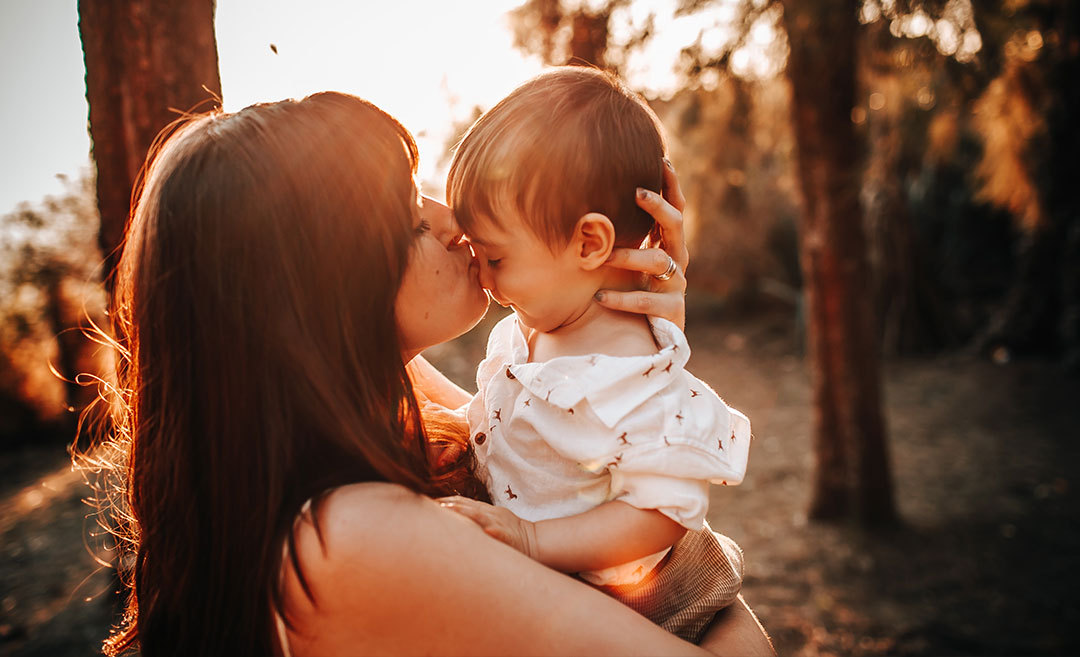It’s a truism that as you get older, not only does time seem to pass quickly, but you lose so much of the sense of wonder and excitement that you had as a child.
Ramadan comes by as if the year has only six months. Yet, unlike when you were children, the fasting day is not a long stomach-growling one where the breaking of the fast is an eternity away. Perhaps it is because as an adult, Ramadan is a busy month, busier even than the average. While evening functions and major meetings may have halted, they are replaced by many buka puasa get-togethers organised by either family, friends, or the office. Followed often by Tarawih prayers as well.
Besides that, women especially have to sort out many things in that supposedly calm and quiet month. There are new clothes to be bought, cakes and other Raya goodies to be ordered, homes to be refreshed, duit Raya notes to be gotten from the bank, and perhaps family graves to be visited. And if one’s kampung is away from where one lives, there are air or bus tickets to be purchased or cars to be serviced before the long ride home. Why most of these responsibilities should fall on women, I don’t know.
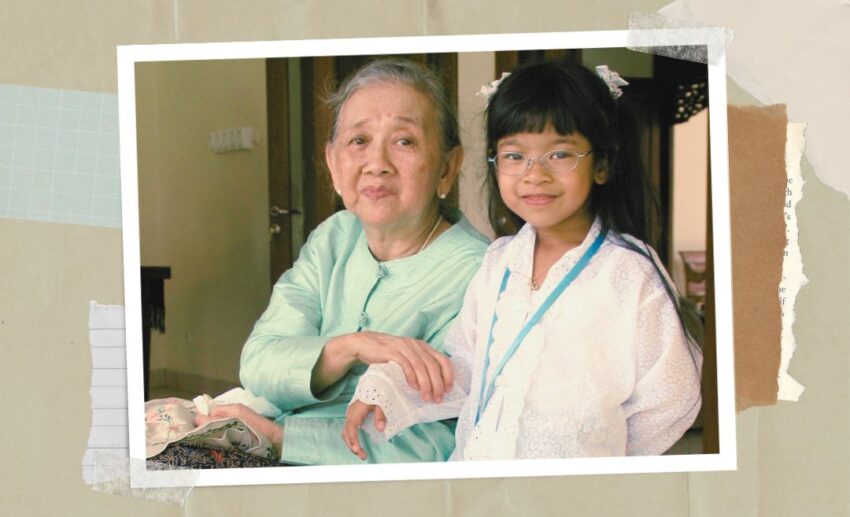
But I must say there is one job that falls on husbands (or any man available), and that is to put up lights around the house. And something magical happens when the fairy lights are wound around trees, or oil lamps are lit around the garden. Suddenly it feels like Raya! And no matter how old you are, your heart quickens in excitement!
In my childhood, my father would have star-shaped lanterns made to hang around the house. Once, he even made a giant star with the words Selamat Hari Raya pasted with coloured paper on it and hung it up on the wall facing the street, so that it would greet every passerby. Our large garden would be dotted with bamboo stands holding oil lamps, and our evening ritual would be to walk around the periphery of the garden, lighting each lamp.
Our city-bred children have missed out on so many of these rituals. I feel they, and their future children, would have lost something in their culture by simply not knowing these simple festive joys.
In my family, we have a few rituals we try to stick to. We always spend the first and last breaking of the fast with my parents at their home. The last one is the grandchildren’s favourite because, after dinner, the fireworks come out. Then it’s an early night to prepare for the next morning.
Raya morning is all about family. If we’re lucky, we’ll have all seven children, 18 grandchildren, and three great-grandchildren with us. But with a few still studying or living overseas, we’re never complete, and some greetings have to be done on FaceTime.
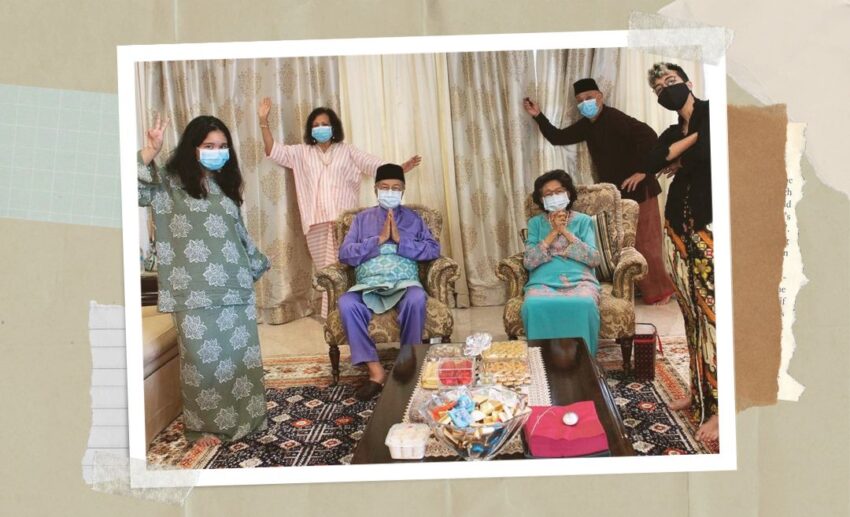
After prayers, we assemble at my parents’ to greet them and to ask for forgiveness for any wrongs in the past year. In my northern childhood, it was customary to salam my parents’ right knees while seeking their forgiveness. I think I’m still the only one who practises this. My brothers married non-northerners who never grew up with this custom, and I too, have not taught my children. Another ritual bites the dust.
Our routine is for the eldest to be the first to kneel before our parents, followed by the rest of the family in order of age. It means that the youngest has the most number of people to greet. The upside is that they also get to collect duit Raya from almost everyone who is older (and working) than them. Seems worthwhile shuffling around the room on their knees for.
Then just before eating time, we have another modern ritual: the family photo. As our family has expanded, this photo has become more difficult to organise, not least because younger members can be unruly. The trick is to be as quick as possible. Traditionally we do two photos — one is a standard formal one, and another is a jokey one. We’ve had one where we’re all wearing sunglasses, one where we all seem to be taking selfies and even one where everyone is doing the ‘Usain Bolt’ move. They’re much more fun for the family album than the usual staid one. I wonder what this year’s photo theme will be.
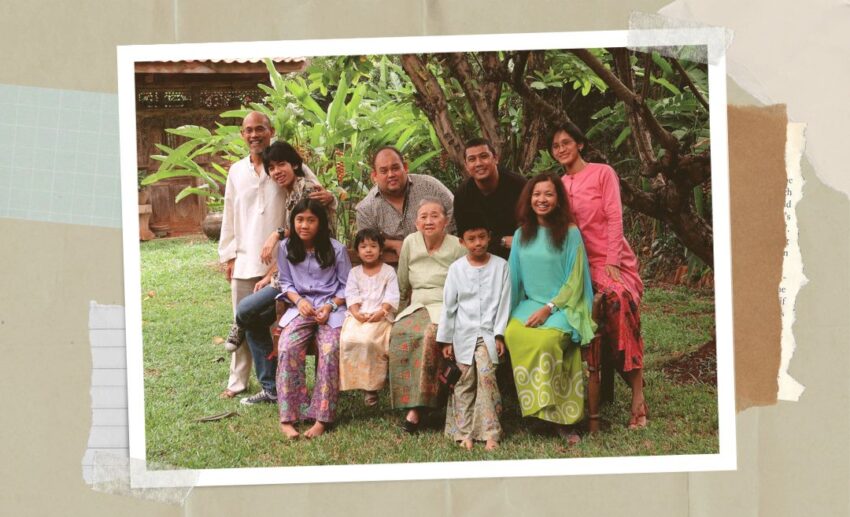
Like many families made up of parents from different states, Raya can mean a lot of travelling. My husband is from Indonesia, and when my mother-in-law was still alive, we would alternate celebrating the first day between Jakarta and Kuala Lumpur (KL). Then on the second day, we would travel to the other family, which in our case involves a two-hour flight each way. Raya in Jakarta is very similar to that in KL, with slight variations in food.
As my late mother-in-law was the matriarch of the clan, all the uncles, aunts, and cousins would turn up at her home to greet her. That made it easy for us to see them all. But if we only arrive on the second day, the rest of the week is spent visiting them in their own homes. Luckily the Lebaran season, as they call it, is also the rare occasion when Jakarta traffic is reasonable.
Despite my many complaints, Raya is still a moment of joy for me. I love our family gatherings, especially being able to see nieces and nephews who have returned from overseas. In KL, the first day is reserved for our immediate family and the second for the extended family, as my father is now the patriarch of the clan. That too, is fun; I get to meet the children and grandchildren of my many cousins from both sides of our large family. This is the best thing about Raya, a time to reconnect and refresh family ties.
In the end, Raya is not about the clothes or the food. It’s about family.
Selamat Hari Raya, maaf zahir batin to everyone.
*All images courtesy of Marina Mahathir.


